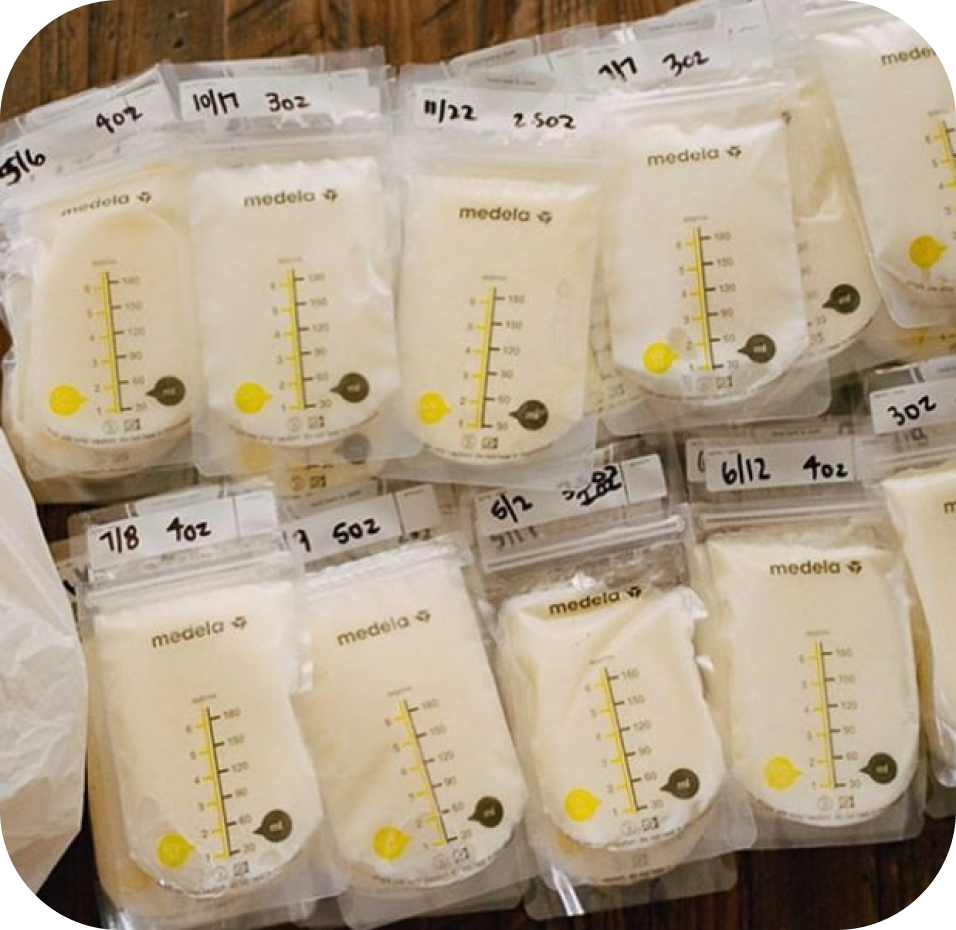COVID-19 AND BREASTFEEDING RESOURCES
- Coronavirus Disease (COVID-19) and Breastfeeding
- Facts About COVID-19
- San Antonio Breastfeeding Support via Telemedicine
- Milk Handling for COVID-19 Positive or Suspected Mothers in the Hospital Setting
- Mothers with COVID-19 and Their Newborn Infants, a Joint Position Statement by NANN and NPA
- Breastfeeding and COVID-19 – A scientific brief by the World Health Organization
BREASTFEEDING SUCCESS TIPS FOR MOM
- Get educated on breastfeeding and pumping techniques so you’re successful from day 1
- If you can’t get to an in-person class, we recommend an online course from https://lactationlink.com/ or read through the free resources on texaswic.org and breastmilkcounts.com
- Build your support network: you’re more likely to reach your breastfeeding goals with outside support rallying around you
- Your partner, family, friends, and coworkers need to know your breastfeeding goals and how you’d like to be supported (ie water + food deliveries, nursing bra and clothing gifts, regular pumping breaks at work, verbal encouragement)
- Have a Lactation Consultant’s info on hand in case of questions, and know if your health insurance will pay for LC visits (many cover up to 10). The Texas Lactation Support Hotline, 855-550-6667, is free for all women and available 24/7. Also consider downloading the Pacify app.
- Choose a hospital, birthing center, or in-home midwife who’s supportive of your breastfeeding goals and will allow you to hold your baby and breastfeed immediately after birth.
- Choose a pediatrician who’s supportive of your breastfeeding goals. Some have in-house LCs.
- Instagram guru? Follow our fave encouraging breastfeeding accounts: @lactationlink @thelittlemilkbar_ @pumpspotting
- Once your baby arrives, focus on mastering breastfeeding one feeding at a time
- An easy way to start building up a freezer stash of milk is by collecting your letdown on the opposite breast while feeding your baby on one side! There are many products on the market made just for this purpose. Our faves are the Haakaa Pump or the Milkies Cup.
- Start pumping a few weeks before going back to work
- Insurance companies will provide you with a free pump or you can buy your own.
- Pumping takes getting used to, so be patient with yourself. If you’re pumping within an hour after nursing your baby, you won’t collect much milk, but you’re teaching your body to produce extra milk.
- Once back at work, pump at least as often as you would nurse your baby. MMBA milk donors often pump one extra session per day to build up their donation supply. Your body will naturally produce the most milk in the morning, so this is a great time to add that extra pumping session. Moms who stay home with their babies either add in a pumping session, or just collect their letdown while nursing to build their donation supply.
- Many women can have 2-3 letdowns during each pumping session, if they’re patient and use hand expression for extra stimulation.
BREASTFEEDING INFORMATION & SUPPORT RESOURCES
- Human Milk Banking Association of North America (HMBANA)
- Centers For Disease Control and Prevention
- U.S Department of Health & Human Services
- American Academy of Pediatrics (AAP) – Breastfeeding Your Baby
- Best for Babes
- Breast Milk Counts
- European Milk Banking Association
- International Lactation Consultant Association (ILCA) – “Find a Lactation Consultant”
- KellyMom
- La Leche League
- National Women’s Health Information Center
- Mother-Friendly Worksites
- Texas Ten Step
- The Leaky Boob
- World Health Organization’s (WHO) – Breastfeeding
- Central Texas Breastfeeding Coalition
- San Antonio Breastfeeding Coalition
- Texas Breastfeeding Coalition
COMMUNITY PARTNERS
- Any Baby Can
- Baby Earth
- Bump Club – Austin
- Fairytale Threads Consignment Sale – Austin
- Hand to Hold
- Heart of Texas Midwives
- March of Dimes
- Metro Moms – Austin
- Ronald McDonald House Charities
- Special Addition Maternity & Nursing Boutique – Austin
- Texas Women, Infant and Children Program (WIC)
BREASTFEEDING BENEFITS
- “Breast milk is the ideal food for newborns and infants. It gives infants all the nutrients they need for healthy development. It is safe and contains antibodies that help protect infants from common childhood illnesses – such as diarrhea and pneumonia, the two primary causes of child mortality worldwide.” –World Health Organization (WHO)
- “Post-neonatal infant mortality rates in the United States are reduced by 21% in breastfed infants.” –American Academy of Pediatrics (AAP)
- “Optimal infant and young child feeding is exclusive breastfeeding for six months, and continued breastfeeding for at least one and up to two years or longer, with age-appropriate complementary feeding.”- American Academy of Breastfeeding Medicine, Dept. of Information, United Nations (UN)
- “Breastfeeding also benefits mothers…It reduces risks of breast and ovarian cancer later in life, helps women return to their pre-pregnancy weight faster, and lowers rates of obesity.”-World Health Organization (WHO)
- “Research…provides strong evidence that human milk feeding decreases the incidence and/or severity of a wide range of infectious diseases – including bacterial meningitis, bacteremia, diarrhea, respiratory tract infection, necrotizing entercolitis, otitis media, urinary tract infection, and late-onset sepsis…” –American Academy of Pediatrics (AAP)
- “Studies indicate that the breastfed child has fewer illnesses and, therefore, fewer visits to the doctor and hospital. This translates into lower medical expenses and, for women who work outside the home, less absenteeism from work.” – American College of Obstetricians & Gynecologists (ACOG)
- “Adults who were breastfed as babies often have lower blood pressure and lower cholesterol, as well as lower rates of overweight, obesity and type-2 diabetes. There is evidence that people who were breastfed perform better in intelligence tests.” –World Health Organization (WHO)


